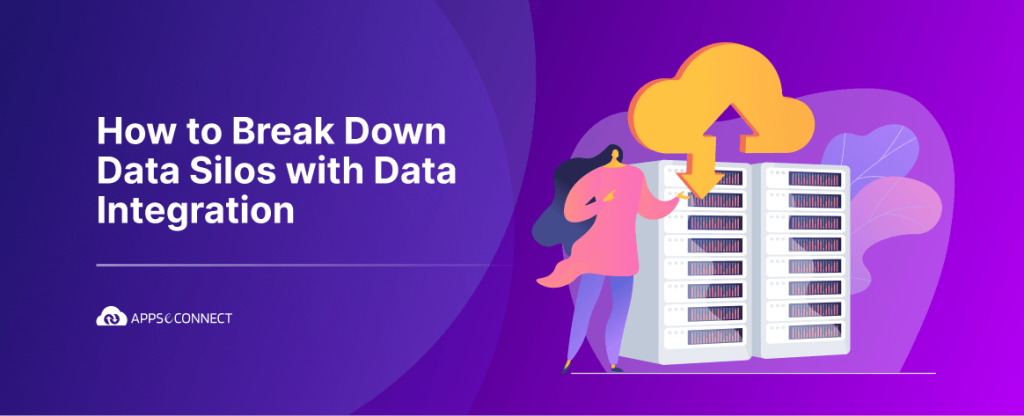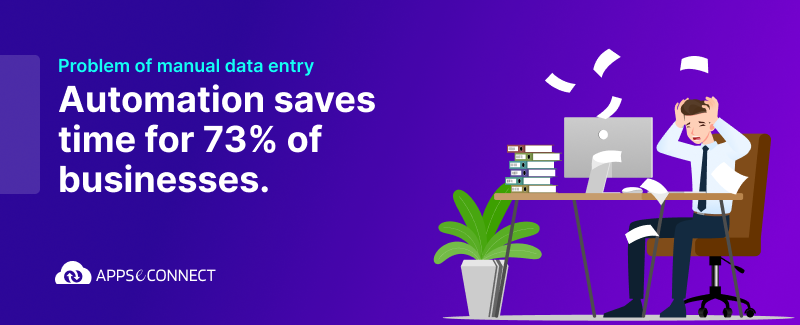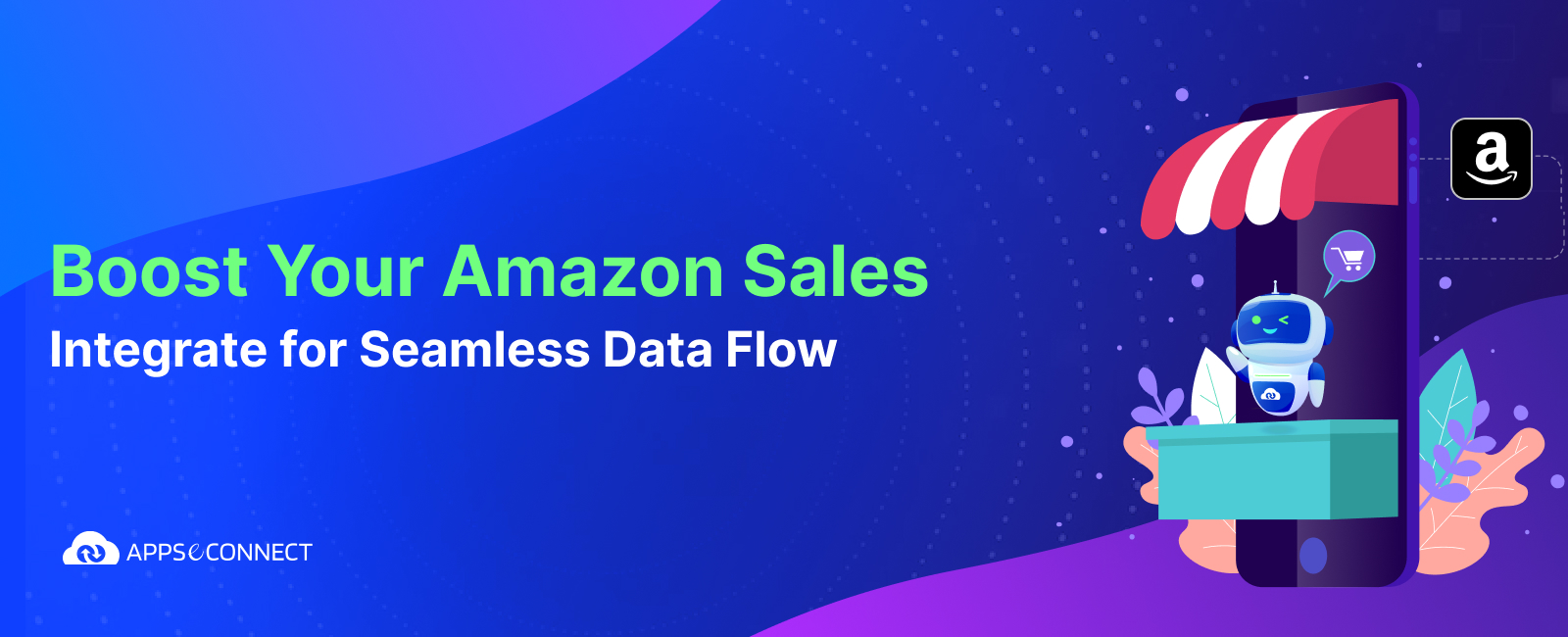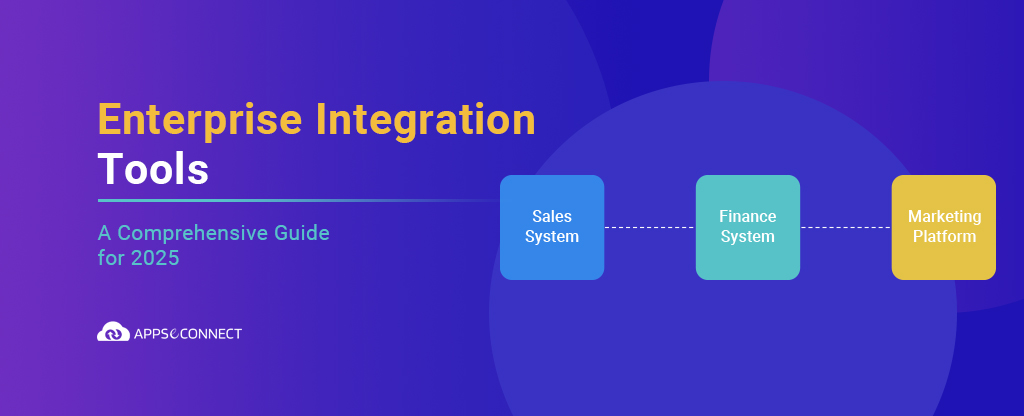Modern-day businesses utilize different systems and applications for various operations. And while such systems are essential to streamline operations, they can also quickly turn into data silos. This is becoming a stark reality – countless businesses struggle with breaking down data silos which is becoming evident from industry statistics as well.
- According to a recent survey, around 75% of business executives and decision-makers admit that data silos are impeding collaboration and putting them at a competitive disadvantage.
- Another study reveals that the average knowledge worker spends approximately 12 hours per week searching for and retrieving critical and relevant data trapped in silos.
It’s clear: unless your data and systems are seamlessly integrated, your business will suffer. But are you fully aware of how deeply data silos are impacting your operations? More importantly, what are you doing to overcome these challenges?
The Hidden Dangers of Data Silos: How They Impact Your Business
Here’s a look at how data silos can detrimentally impact your business:
Compromised Data Integrity
When data is scattered across different systems without proper synchronization, it becomes prone to discrepancies and inaccuracies. These errors can cascade through your business processes, causing a multitude of operational headaches such as incorrect inventory levels, mismatched customer information, and flawed financial reports.
For instance, if sales data in your CRM doesn’t align with your ERP system, it could result in stockouts or overstock situations, directly affecting your bottom line.
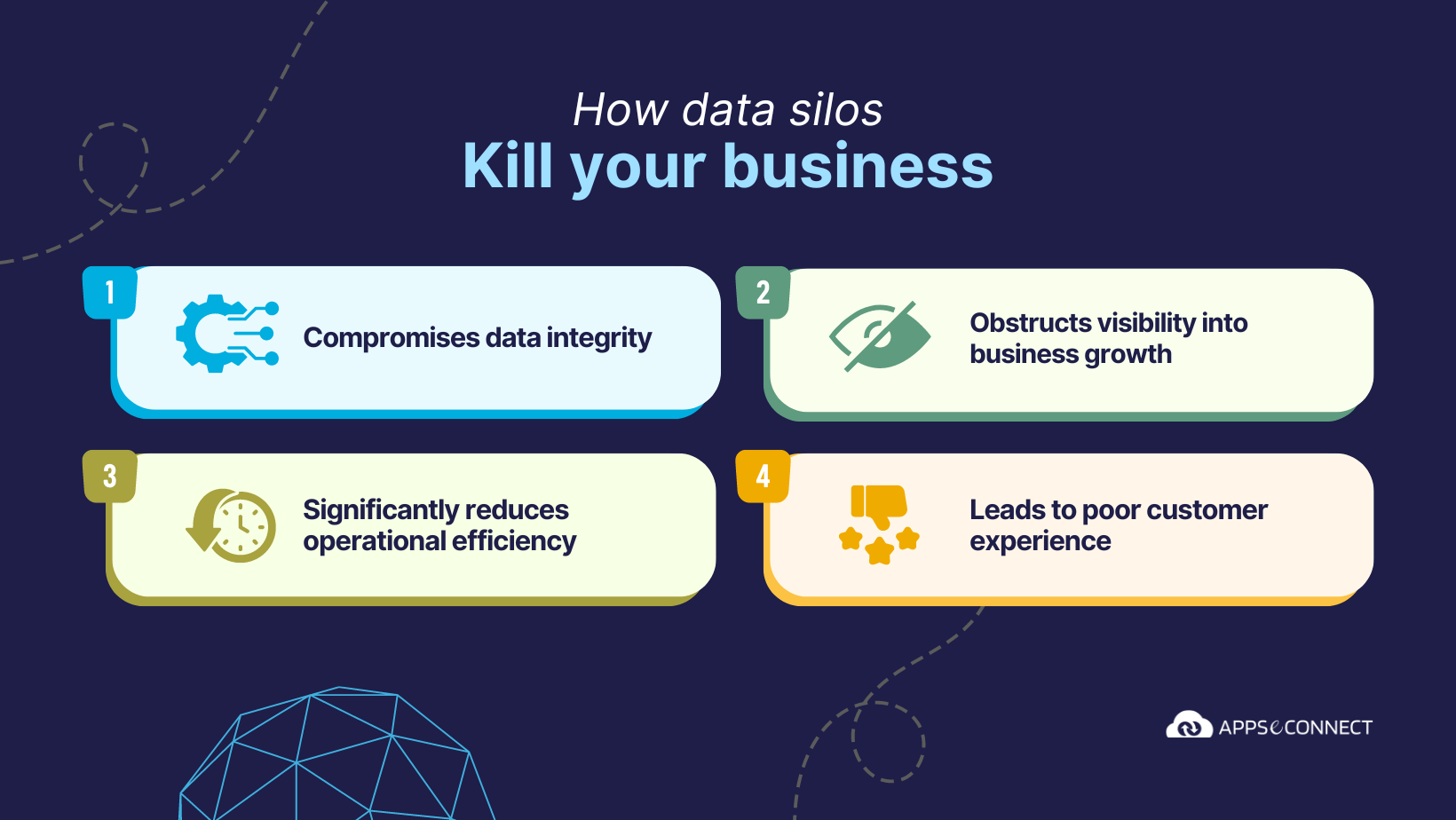
Obstructed Business Visibility
Decision-makers and stakeholders rely on accurate, comprehensive data to steer the business effectively. Data silos prevent a clear view of business performance, making accurate data analysis and strategy development virtually impossible. Without a unified data perspective, identifying trends, spotting issues, and making informed decisions become major challenges.
For example, fragmented sales data can obscure customer purchasing patterns, leading to missed opportunities for targeted marketing and sales strategies.
Operation Efficiency is Significantly Reduced
Siloed data necessitates manual synchronization, requiring substantial manpower and time. Reporting and data collection become labor-intensive, consuming valuable resources just to maintain stability.
If your team is bogged down with manual data management, there’s little room for innovation or growth. Data silos cripple efficiency at every level, forcing you to invest more time, money, and effort just to keep operations running. This inefficiency can manifest in prolonged data entry tasks, delayed report generation, and increased chances of human error.
Poor Customer Experience
Discrepancies in prices, inventory levels, returns, and refunds due to data silos directly impact customer satisfaction. Inconsistent data leads to errors that frustrate customers, eroding their trust and driving them to your competitors. A poor customer experience is a fast track to losing business and tarnishing your brand reputation. For instance, if a customer receives incorrect product information or faces delays in their order due to mismanaged inventory data, their trust in your business diminishes.
Combined, these impacts paint a dire picture: a business weighed down by inefficiencies and inaccuracies, unable to grow at a meaningful pace. Data silos, if left unaddressed, will suffocate your business’s potential, making the climb toward growth and success seem almost impossible, or painfully slow and arduous.
That is definitely not the vision anybody would have for their business.
To thrive in today’s competitive landscape, overcoming the challenges posed by data silos is not just necessary – it’s a must!
Industry-Wise Impact of Data Silos
Data silos can have profound impacts across various industries, often manifesting in unique ways depending on the specific business operations and needs. Let’s explore how data silos affect three key industries: retail, manufacturing, and consumer goods (FMCG/CPG), and provide real-life scenarios for each.
Retail: Fragmented Customer Insights
In the retail industry, having a comprehensive view of customer behavior and inventory is crucial. Data silos can disrupt this by segregating sales data from e-commerce platforms, in-store purchases, and customer service interactions.
Example Scenario:
A large retail chain operates both online and physical stores. The e-commerce platform captures detailed customer purchase histories, while in-store sales data is stored in a separate POS system.
Customer service interactions are logged in the CRM system. When a loyal customer makes a return in-store, the system doesn’t recognize their online purchase history, leading to a poor customer experience.
The marketing team cannot effectively target promotions without a unified view of customer preferences and behaviors across different channels. It hampers personalized marketing efforts and diminishes customer satisfaction, ultimately impacting sales and loyalty.
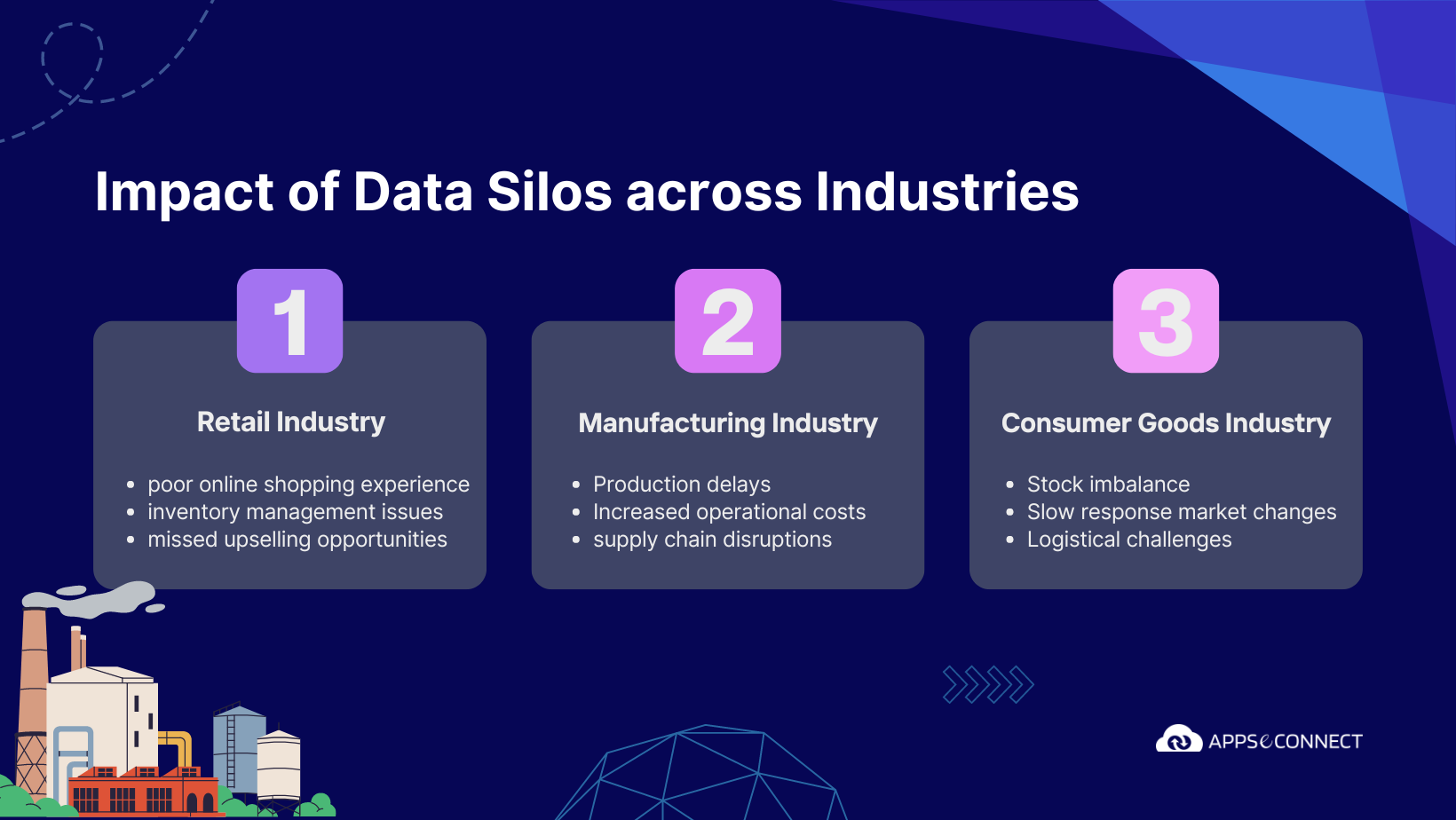
Manufacturing: Inefficient Production Processes
In manufacturing, efficient production planning and execution rely heavily on the seamless integration of supply chain data, production schedules, and quality control records. Data silos can lead to delays, increased costs, and quality issues.
Example Scenario:
A manufacturing company produces electronic components, with different teams using separate systems for inventory management, production scheduling, and quality control. When a critical component’s inventory level drops, the procurement team isn’t immediately aware due to the siloed data, causing production delays.
Moreover, quality control issues identified on the production floor aren’t promptly communicated to the supply chain team, resulting in repeated errors and increased scrap rates. The lack of integrated data flow leads to inefficiencies, higher operational costs, and delays in product delivery, ultimately affecting the company’s competitiveness in the market.
Consumer Goods (FMCG/CPG): Disjointed Supply Chain Management
For FMCG/CPG companies, efficient supply chain management is vital to ensure products reach consumers promptly and in optimal condition. Data silos can disrupt this flow, leading to stockouts, overstocks, and logistical challenges.
Example Scenario:
A leading FMCG company distributes its products to various retailers nationwide. Sales data from different regions is stored in isolated systems, and supply chain logistics are managed through another platform.
When a particular product sees a sudden spike in demand in one region, the company is slow to respond because the sales data isn’t integrated with supply chain management. This results in stockouts in high-demand areas and overstocks in others, causing lost sales opportunities and increased storage costs. The fragmented data management also makes it difficult to trace product quality issues back through the supply chain, delaying corrective actions and affecting brand reputation.
Different Methods to Tackle Data Silos
There are many ways for businesses to enhance data accessibility and streamline operations by consolidating data spread across disparate systems.
Centralized Data Management
Central data management involves consolidating data from various sources into a centralized repository, typically a data warehouse. This process usually employs ETL (Extract, Transform, Load) or ELT (Extract, Load, Transform) techniques.
- ETL: Extracts data from disparate sources, transforms it into a consistent format, and loads it into the data warehouse.
- ELT: Extracts and loads data into the data warehouse first, then transforms it as needed.
By centralizing data, organizations can ensure consistency, improve data quality, and provide a single source of truth for decision-making. However, this method can be complex and resource-intensive to implement and maintain.
Data Virtualization
Data virtualization allows users to access and query data across multiple sources without needing to know where the data physically resides. It creates a virtual data layer that integrates data from various systems, making it accessible in real-time.
- Benefits: Provides a unified view of data, improves agility, and reduces the need for data replication.
- Challenges: Can be complex to set up and may require robust governance to ensure data accuracy and security.
Data virtualization is a flexible and efficient way to access data from different silos, but it can be technically challenging to manage and optimize for performance.
iPaaS/Middleware Integration
Integration Platform as a Service (iPaaS) and middleware solutions enable seamless data integration across various applications and systems. These platforms provide tools to connect, manage, and integrate data from multiple sources, facilitating real-time data sharing and synchronization.
- iPaaS: Offers cloud-based integration services that connect on-premise and cloud-based applications.
- Middleware: Acts as a bridge between different applications, enabling them to communicate and share data.
iPaaS and middleware solutions simplify integration, reduce the need for complex ETL processes, and provide scalability. They are particularly effective for organizations using a mix of cloud and on-premise systems.
Why iPaaS is the Best Option for Complex Environments
While data warehousing and virtualization offer robust solutions for centralizing and accessing data, they can be complicated and less efficient for businesses with diverse and dynamic software ecosystems. If your organization uses a central ERP system to manage operations alongside e-commerce platforms, CRMs, inventory management software, accounting software, and other applications, iPaaS is without a doubt the best option.
iPaaS provides the flexibility to integrate various systems seamlessly, ensuring real-time data flow and consistency across all platforms. This reduces the complexity of managing multiple data sources and enhances operational efficiency, making it the ideal choice for businesses with intricate and interconnected software environments.
iPaaS: The Ultimate Solution to Data Silos
Given the significant challenges posed by data silos, businesses must find a robust solution to ensure seamless data integration across their operations. This is where Integration Platform as a Service (iPaaS) comes into play. iPaaS offers a comprehensive solution to eliminate data silos, enhancing business efficiency, visibility, and customer experience.
With an integration platform connecting your systems, automatic data sync becomes possible, solving a plethora of problems and challenges that arise due to siloed data.
Here’s how:
ERP and eCommerce Integrations
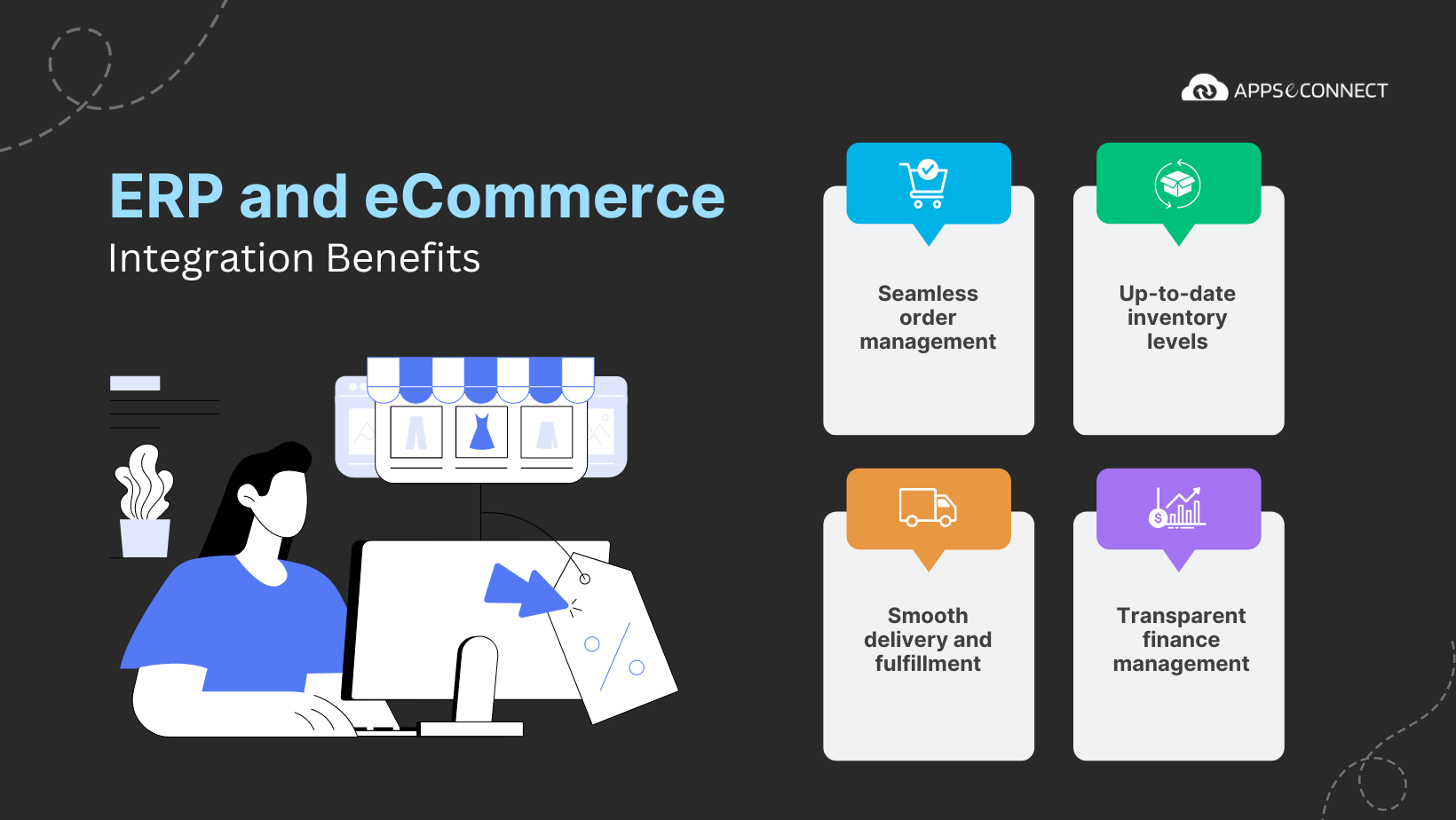
When businesses integrate their ERP system such as SAP Business One or Microsoft Dynamics 365 Business Central with their eCommerce platform such as Shopify, BigCommerce, WooCommerce, etc., the following data and processes can be synced:
Order sync: Orders placed in the online store are automatically created and stored in the ERP, along with the customer details. So every time an order is placed on your website, all those details will also reflect on your ERP.
Inventory Sync: Inventory levels are updated in real-time across both the ERP and eCommerce platforms. This prevents stockouts and overstocks, ensuring that your inventory data is always accurate and up to date. For instance, when an item is sold online, the inventory count is immediately adjusted in the ERP, helping maintain optimal stock levels.
Fulfillment Sync: Fulfillment data, including shipping status and tracking information, is synchronized between the eCommerce platform and the ERP. This ensures that both your customers and your team have real-time visibility into the fulfillment process, enhancing the overall customer experience and reducing the chances of errors or delays.
Payment Sync: Payment transactions are automatically synced between the eCommerce platform and the ERP. This includes details of successful payments, pending payments, and refunds. With all payment data in one place, financial reporting becomes more straightforward and accurate, reducing the risk of discrepancies and ensuring better financial management.
By integrating these endpoints, businesses can achieve a seamless flow of information between their ERP and eCommerce systems, leading to improved efficiency, better data integrity, and a superior customer experience.
ERP and CRM Integrations
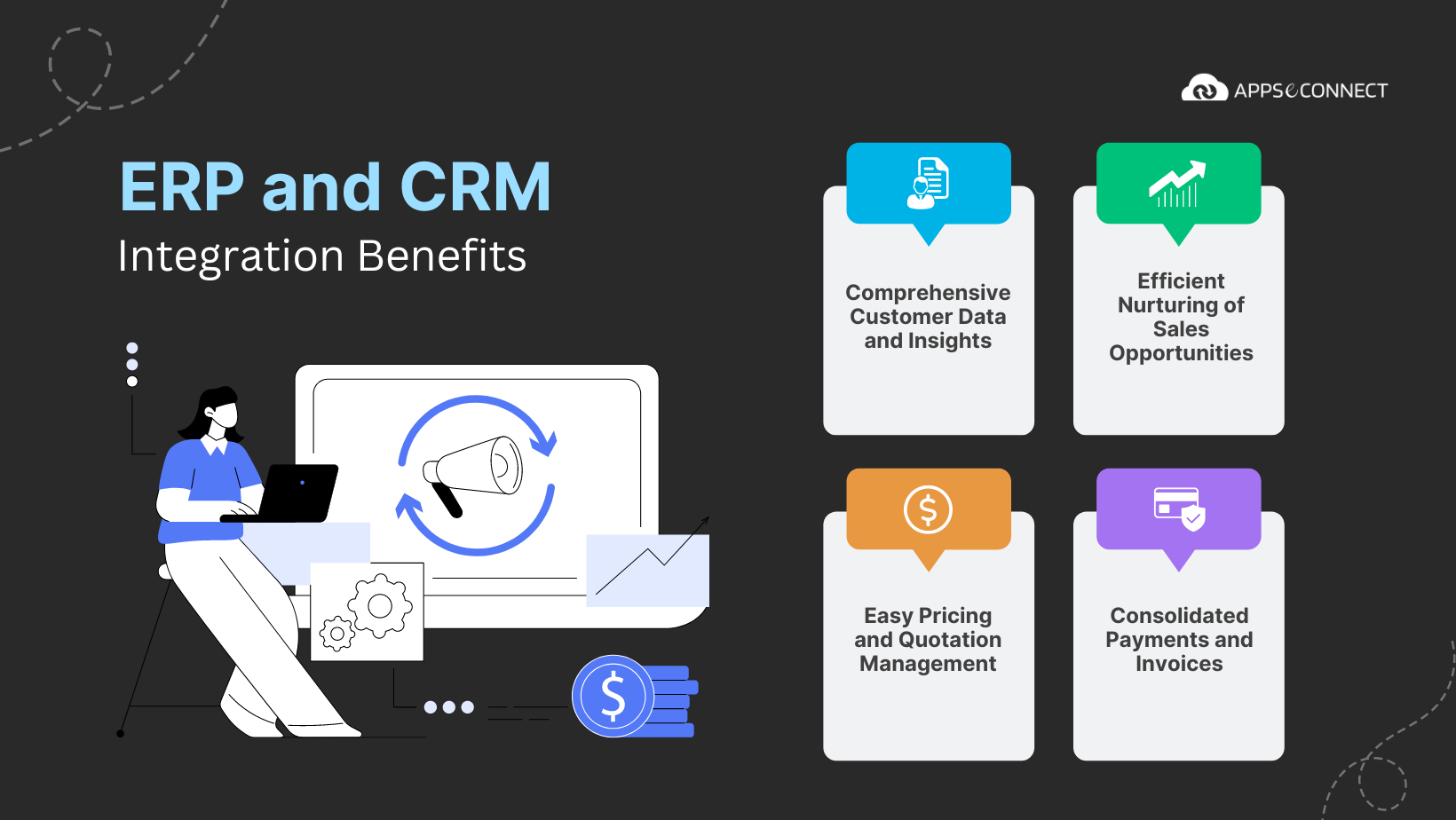
Integrating ERP systems with CRMs like Salesforce, Zoho CRM or HubSpot means that your business operations and customer management are tightly aligned. This integration offers numerous benefits by synchronizing the following endpoints:
Customer Data Sync: Customer information, including contact details, purchase history, and communication logs, is synchronized between the CRM and ERP. This ensures that both sales and operational teams have access to consistent and comprehensive customer data, enhancing collaboration and customer service.
Sales Order Sync: Sales orders created in the CRM are automatically transferred to the ERP for processing. This eliminates the need for manual data entry, reduces errors, and speeds up the order fulfillment process. Sales teams can track the status of their orders in real-time, improving transparency and customer satisfaction.
Quotations Sync: Quotes generated in the CRM are seamlessly synced with the ERP. This ensures that pricing, discounts, and customer details are consistent across both systems, making it easier to convert quotes into orders without data discrepancies. Sales teams can provide accurate and timely quotes, improving the customer experience and increasing the likelihood of closing deals.
Invoice/Payment Sync: Invoices and payment details are synchronized between the CRM and ERP. This ensures accurate and timely invoicing, efficient revenue recognition, and a seamless financial workflow. By having all financial data in one place, businesses can maintain accurate financial records, streamline payment processing, and improve cash flow management.
Additional Benefits of Integration Platforms
Modern-day integration platforms like APPSeCONNECT offer more than just end-to-end integrations and automated workflows. Here are some more benefits that businesses experience behind the scenes when their systems are integrated.
Enhanced Data Analysis
Integration platforms do more than just connect ERP, CRM, and eCommerce systems; they significantly improve data analysis capabilities for businesses. By consolidating data from multiple sources into a single, cohesive system, integration platforms enable comprehensive data analysis. This holistic view allows businesses to:
- Identify Trends and Insights: Business can analyze data assets all in one place and uncover trends, patterns, and insights that would otherwise be hidden in isolated systems.
- Make Informed Decisions: Enhanced data analysis facilitates better decision-making, allowing businesses to base their strategies on comprehensive, accurate data.
- Optimize Performance: By understanding how different areas of the business interact and affect each other, companies can optimize operations and improve overall performance.
Top-Notch Data Security
Data security is a major concern for any business, and reliable integration platforms like APPSeCONNECT prioritize this aspect, maintaining top-notch security through:
- Encryption: Data is encrypted both in transit and at rest to prevent unauthorized access.
- Compliance: Adherence to industry standards, regulations and compliances, also assimilating such practices into the company culture, ensuring proper handling of business and company data.
- Access Controls: Implementing robust access controls to ensure that only authorized personnel can access sensitive information.
Improved ROI
Investing in an integration platform is a strategic move that offers excellent returns, both financially and operationally. Here’s how:
- Financial Growth: Integration platforms streamline data flow, reducing redundancies and inefficiencies. This leads to cost savings and enhances the ability to capitalize on market opportunities, driving financial growth.
- Streamlined Operations: By automating data exchange and synchronization across various systems, businesses can significantly reduce manual processes and errors. This streamlining leads to more efficient operations and allows employees to focus on higher-value tasks.
- Automated Cycles: Automation of routine tasks and data processes means faster turnaround times and increased productivity. Automated cycles ensure consistency and reliability in operations, further contributing to business efficiency.
Overall, the investment in an integration platform pays off through improved business performance, reduced operational costs, and enhanced data-driven decision-making capabilities. The ROI from integration platforms is substantial, making them a valuable asset for any forward-thinking business.
Break Down Data Silos with APPSeCONNECT
With disparate data and lack of business visibility, every second can lead to loss of time, effort and money for your business. The solution is quite simple – APPSeCONNECT is an intelligent integration platform that can synchronize all essential data between your enterprise systems through a wide range of integrations as well as pre-built workflows. We automate your key business cycles, while you sit back and reap the benefits of your efficient business processes.
Crack down data silos, get deep insights into all your operations, ensure data accuracy, and experience the power of business process automation today.


